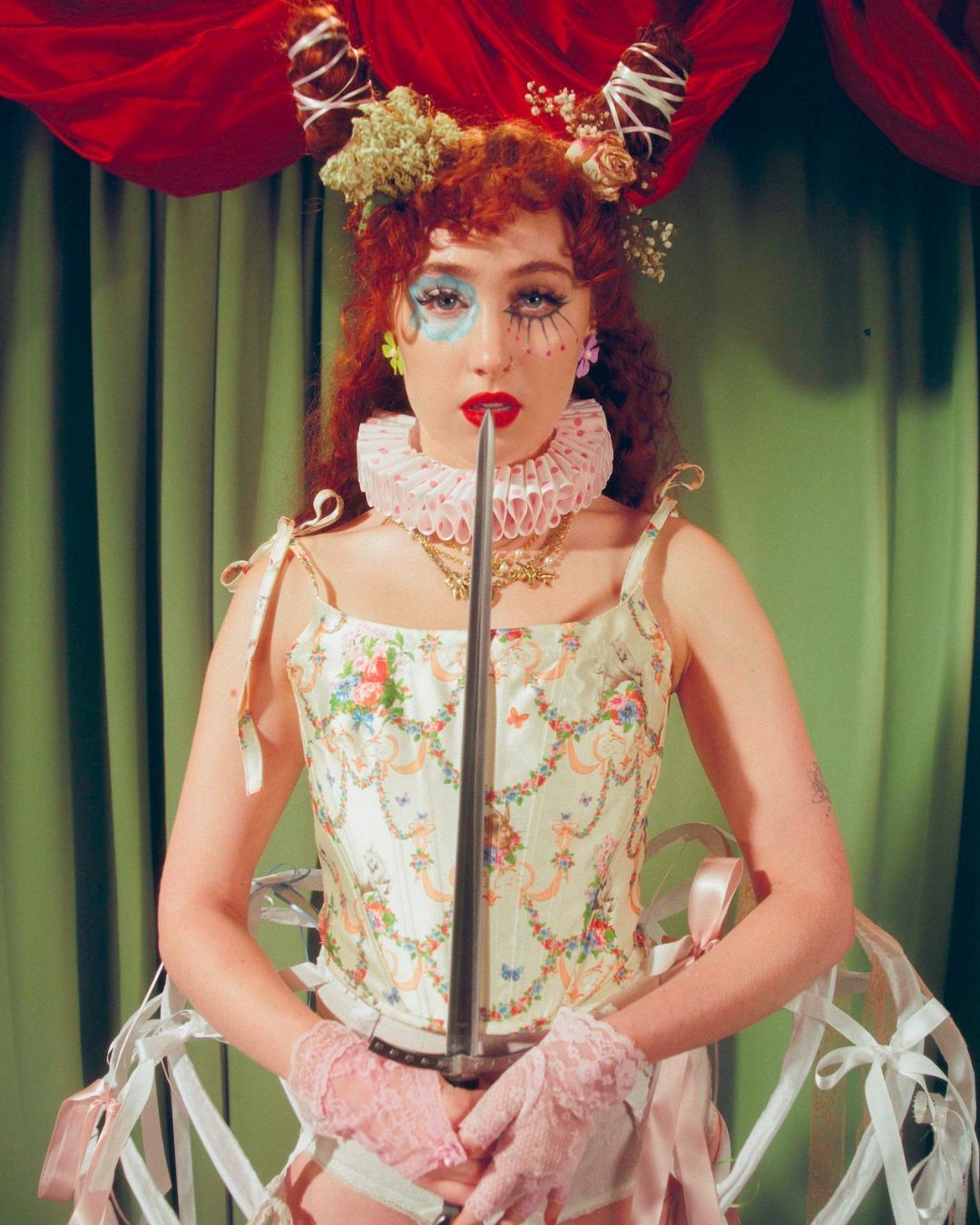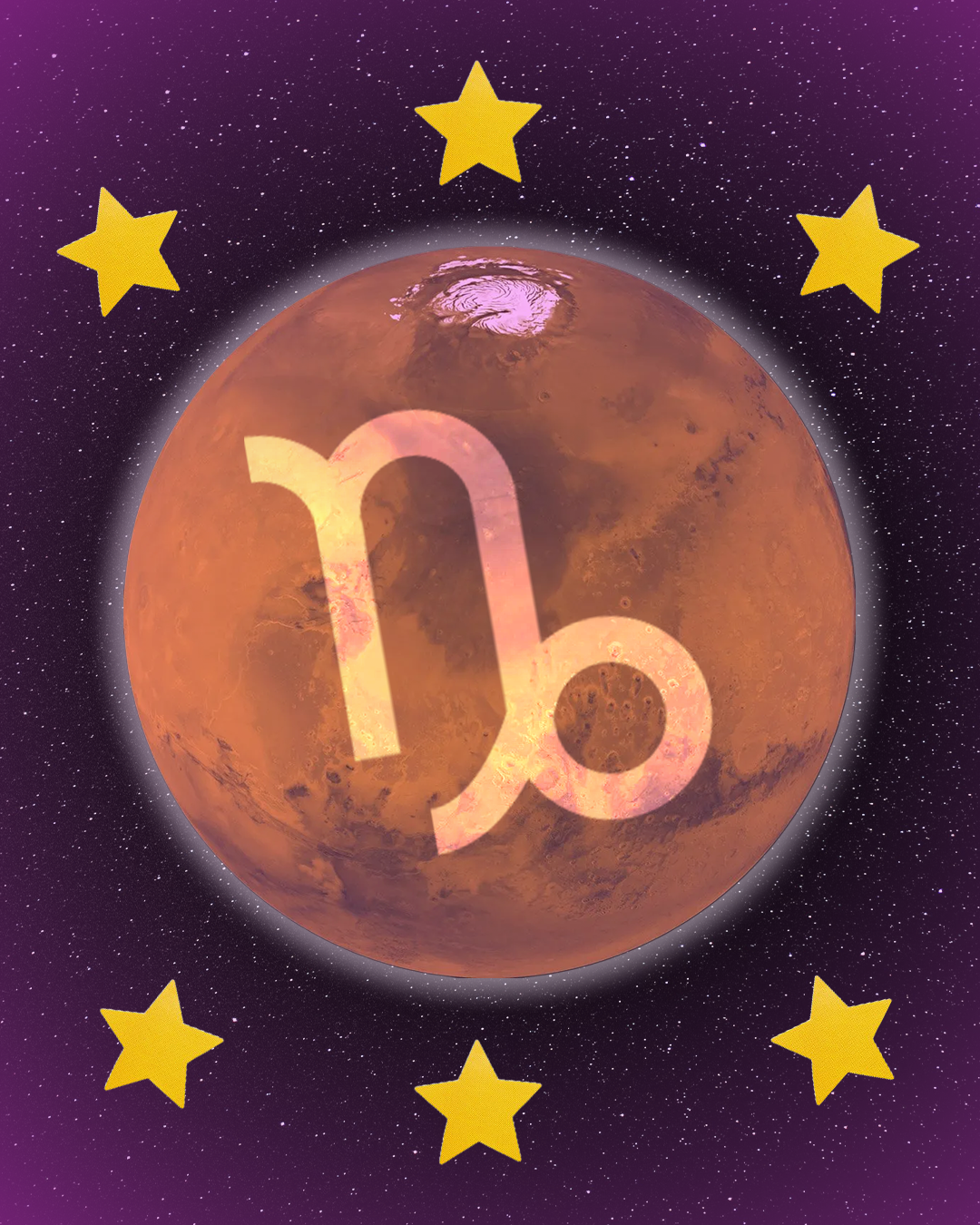
We dress up as clowns to express the absurdity of the present From court jesters to Chappell Roan and even Insane Clown Posse: the political meaning of clown make-up

Makeup, historically, has had several meanings. It has served to beautify, to distinguish, to include and exclude, to respect traditional standards of beauty, to alter them, to modify them, to frighten, to seduce, to protest, to conform. A product of its time, it is part of the elements that create the aesthetic of History, its standards of beauty, its modes of communication. How does the look (specifically makeup) of clowns, jesters, musicians fit into this schema? Let's try to understand, from the jesters of Greek comedies to Chapell Roan with her stage looks that blend drag and circus worlds, in a more contemporary fusion, and soon we will understand why.
The history of clowns and jesters
Already in Ancient Greek and Roman theater, both in tragedies and comedies, the figure of the entertainer appears. One who with his songs, dances, and mot juste amused the elites. This figure also existed in the Middle Ages, perhaps the one we default to. The relationship between courts and their jesters was unique. In this context, clothing, masks, and face paints served to signal a role, a function, and a distinctiveness. The jester, with his funny and colorful hat, was not integrated into the precise hierarchy of the palace. He was an outsider, and everyone had to know it. An actor, hence inferior. A slave when things went wrong, a performer serving the audience when things went well. A different subject, extracted from power games, stuck in his condition, yet through this exclusion he had the power to challenge conventions, to question the status quo. With irony, of course. In Italy, the legacy of court jesters was carried forward by Commedia dell'Arte, with its masks and costumes.
The modern clown, McDonald's, and the circus
The founding fathers of modern clowns are Joseph Grimaldi and Dan Rice. One in the late 1700s, the other later, both popularized the white and red makeup on their faces and colorful costumes, in the United Kingdom (Grimaldi) and across the Atlantic in the United States (Rice). The circus, with its sad white clowns and goofy colorful clowns, completed the picture, adding exaggerated wigs. Not to mention perhaps the world's most famous clown: Ronald McDonald. Speaking of the circus, its actors and performers were—and still are—at the margins of society. Their lifestyle, so different from that of "normal" people who settle down and start families, makes them subtly or overtly discriminated against. These people don't want to live like us, and for that reason, we too often distrust them.
Insane Clown Posse
Taking all this and mixing it with elements of horror and open protest is Insane Clown Posse, the musical duo from Detroit with a specific aesthetic, so much so that they created a pre-fandom community known as Juggalos. Their look is characterized by grotesque black and white makeup clearly inspired by the circus world, but with fantastical and frightening elements. In their hands, the circus aesthetic becomes deeper and more ambiguous, with themes of social critique stronger than ever, openly challenging bourgeois concepts of decency and respectability, of beauty and desirability.
Chapell Roan and Julia Fox's drag clown
This push towards unconventionality, this rejection of delicate and healthy feminine beauty, this silent yet highly visible protest against beauty and hotness standards, this blatant desire to separate from civilized society, that of the "normals," highlighting one's strangeness and diversity seems to be making a comeback, even in mainstream culture. Consider the look adopted by Julia Fox for an institutional event like the White House Correspondents' Dinner, or the online debate surrounding the image of Chapell Roan, who rejects the male gaze and is therefore not liked not only by heterosexual men who do not desire her but also by homosexual men (accustomed to a very different manifestation of pop) and heterosexual women (who do not feel represented in the desire to always be beautiful and desirable to men). Not to mention the influences of drag culture, which rejects all conventionality and which originates and flourishes in secret, in clubs.
Is clown makeup a political statement and a sign of the times?
There are many ways to make oneself less desirable, to alienate others, to disappear into the crowd. Clown makeup, however, goes beyond. It openly challenges concepts of beauty, it is a visible, lively protest seeking a reaction. A sort of resurgence of hope-core and clown-core against the absurdity of existence and cynicism, a fitting response to the absurdity of the times we live in.



















































